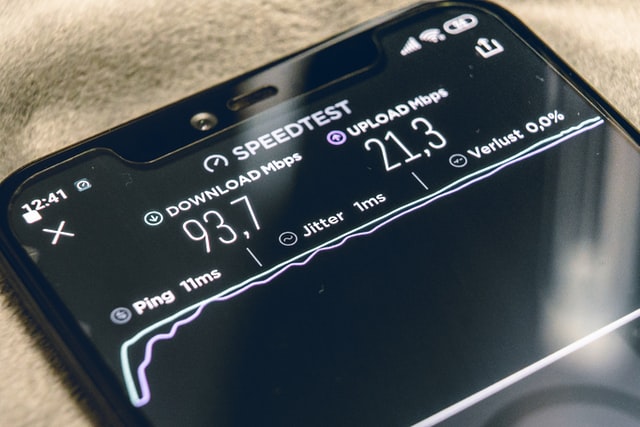If you’re interested in getting efficient and reliable internet services, you’ve probably come across the terms DSL, Cable, and Satellite. You might be wondering how these terms are related to each other, and you might want to learn more about what each of these terms means. In this article, we’ll discuss the most common internet services and how they can benefit you. Here are the basics of each type of internet service. Next, you should know which one is best for you – cable, DSL, or Copper.
Cable
Cable internet is a broadband service that uses coaxial cables to transmit information. These cables carry electricity and are already routed in buildings for cable television. Cable internet providers offer speeds from 25Mbps to 400Mbps, and you can choose a plan to suit your needs and budget. The price range is also quite wide, with plans available for different budgets. Read on for more information. You can also sign up for cable internet if you do not want to pay for a phone line.
While cable internet is unavailable in every neighborhood, it is better than DSL for many people. It has higher speeds than DSL, but users must share their bandwidth with their neighbors. Speeds will slow down during peak hours, but cable internet won’t affect you negatively if you’re in a remote location. Cable internet speed can support multiple users, streaming high-definition video, real-time multiplayer games, and several devices at once.
Satellite
If you’re looking for an internet connection that will give you high-speed access, you should consider satellite internet. These services are available to almost everyone, and they can provide you with a reliable, high-speed connection. In addition to being reliable, satellite internet services can provide you with various features, such as voice mail and conference calls. Some providers can even provide you with a super-fast internet connection.
The internet service provider sends a fiber-optic signal to a satellite in space with satellite internet. Your computer will then connect to the signal through a modem. The entire process repeats for the duration of the internet connection. There are three types of satellite internet services: residential, business, and commercial. Residential satellite internet requires a small or medium-sized satellite dish and a clear view of the southern sky.
DSL
DSL is one of the most common internet service providers, but is it right for you? You may be surprised to learn that DSL speeds vary regardless of location. Depending on the quality of your line and the number of users, you can get a rough estimate of how much you can expect to use your service. DSL speeds can vary greatly from one provider to the next, so you must research the different options before signing up.
Digital Subscriber Line (DSL) is one of the oldest and most popular forms of internet service. This service connects to your existing telephone lines and transmits data to your computer or router. Unlike dial-up, you can continue to use your phone while using DSL, as the connection is dedicated. While DSL is relatively slow, it is more than sufficient for basic web browsing. The best thing about DSL is that it allows you to use multiple devices simultaneously, whereas cable may be restricted to a single computer.
Copper
While the cost of copper is comparatively high, it provides reliable dedicated Ethernet for business users. Unlike traditional systems, copper delivers a high transfer speed. Conventional systems are costly and have low bandwidth, though DSL can be improved. In addition to low pricing, Ethernet over copper offers high bandwidth and low latency. Businesses also prefer copper for enhancing PRI, SIP, and hosted PBX, all services requiring high-speed data transfer.
However, while copper has been widely used to provide broadband services, its performance is not as impressive as that of optical fiber. Hence, business users should choose copper and fiber for their internet needs. Copper is a one-way system, while fiber is a two-way connection. Consequently, business users should focus on bandwidth when choosing an internet connection. Copper is slower than fiber but is a viable choice for those who want to keep costs to a minimum.
Fixed wireless
Most people in rural areas don’t need high-speed cable internet, but they can take advantage of fixed wireless services. Fixed wireless providers typically provide internet service to rural areas and are often smaller regional providers. These companies usually lease fiber lines from a larger provider and resell the service over their last-mile infrastructure. They don’t provide cable service, but they still offer higher speeds than most DSL Internet. Here are some of the benefits of fixed wireless service.
Fixed wireless internet services aren’t as common as other types of internet, but they are still an excellent option if you live in an area where other types of internet service don’t work well. The main disadvantage is that the connection can be spotty, and weather conditions can affect the quality of the signal. Also, it’s important to consider your use case before choosing a provider. Although this form of internet is usually more expensive than other types of broadband, it can be worth considering if your application requires high speeds or if you need to stream video or listen to music.



